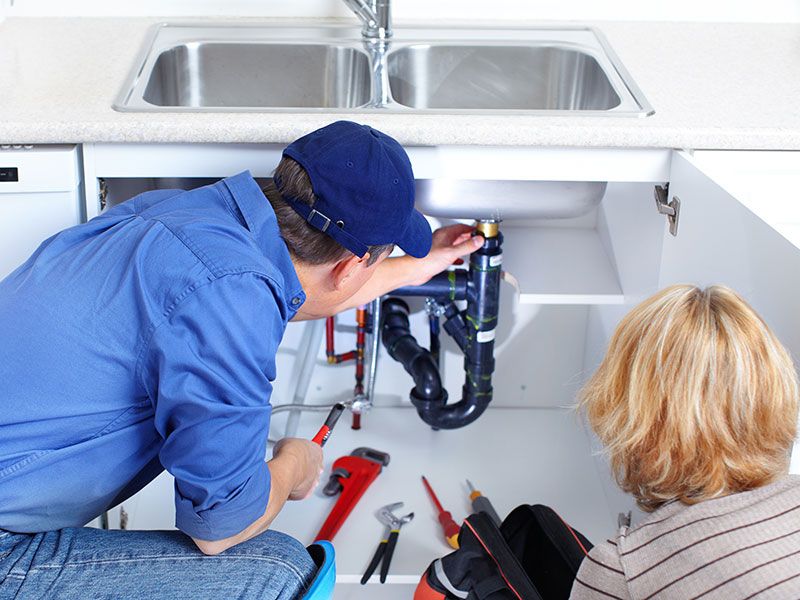What is a Catch?
Draining sewer as well as waste out of your home or office can obtain foul-smelling. That’s since fumes from gases like methane, nitrogen, hydrogen sulfide and carbon monoxide gas are a spin-off of wastes. The job of a plumbing trap is to maintain these gases (and also their odors), as well as also little vermin, from entering your home or office by means of the drain pipelines.
Just how does a plumbing catch job? It works by producing a water seal by allowing a percentage of water to be retained in the catch as well as not enabling anything back up with the pipe. All pipes fixtures, sinks, bathrooms, tubs, showers, energy sinks, washer drains, and so on have a catch of some kind.
Kinds of Traps
Some traps are indispensable with home appliances and some are different as well as situated under the pipeline (to ensure that waste and water drain into it, but not back out.) Commonly, bathroom catches are integral and traps such as those for sinks are a separate additionally referred to as an affixed trap. Huge commercial catches that are discovered beyond a dwelling and also job to keep the main line from being odiferous are called gulley catches.
Traps connected to sinks, washing devices, and other draining devices are called p-traps if they drain through a wall or s-traps if they drain through the floor. Furthermore there are real flooring traps or Nahini traps that deal with a grate system in the flooring of your tub, shower, or cellar floor for draining pipes.
Lastly, another usual catch is the last trap that divides domestic waste from the major drain as well as it is called an intercepting trap. Plumbing professionals have a particular set of codes they must abide by which keeps your residence safe. These codes assign which sort of pipeline (PVC, cast iron, etc) can be used for each type of drain system and catch.

Likewise, they manage the size of catch that must be made use of (a plumbing can’t set up a bigger trap than the diameter of the drainpipe line), how far down in millimeters the catch need to be to guarantee proper water drainage, that they are self cleansing, and that they do not depend on moving parts to produce the water seal. There are more specialized traps for details objectives, i.e. an upstairs bathroom would require a “q” trap as opposed to an s or p catch, yet the purpose of the catch coincides. You ought to consult your plumbing who will certainly understand the exact codes and correct application of each drain system part.
Fixing a Catch
There are numerous reasons why a plumbing trap’s seal might need fixing. These could be trap siphonage, where velocity from a few other location has actually developed so much that it totally drains the water seal from the catch. There could be back pressure in the trap, which is the opposite of siphonage. Instead a large amount of waste is gotten rid of, creating a compression before it and it can backfire back right into the structure.
Likewise a perpetrator is capillary activity, where unsuitable items have been lodged in the drainage system and are obstructing the trap seal by gobbling the water. While these problems are often easy enough to take care of for an intermediate DIY’er, you need to probably call a number of plumbing technicians to get a work quote simply in case the issue is much more engaged or substances as you start to settle the concern.
Check out their page to know where to find the expert plumbing service.




